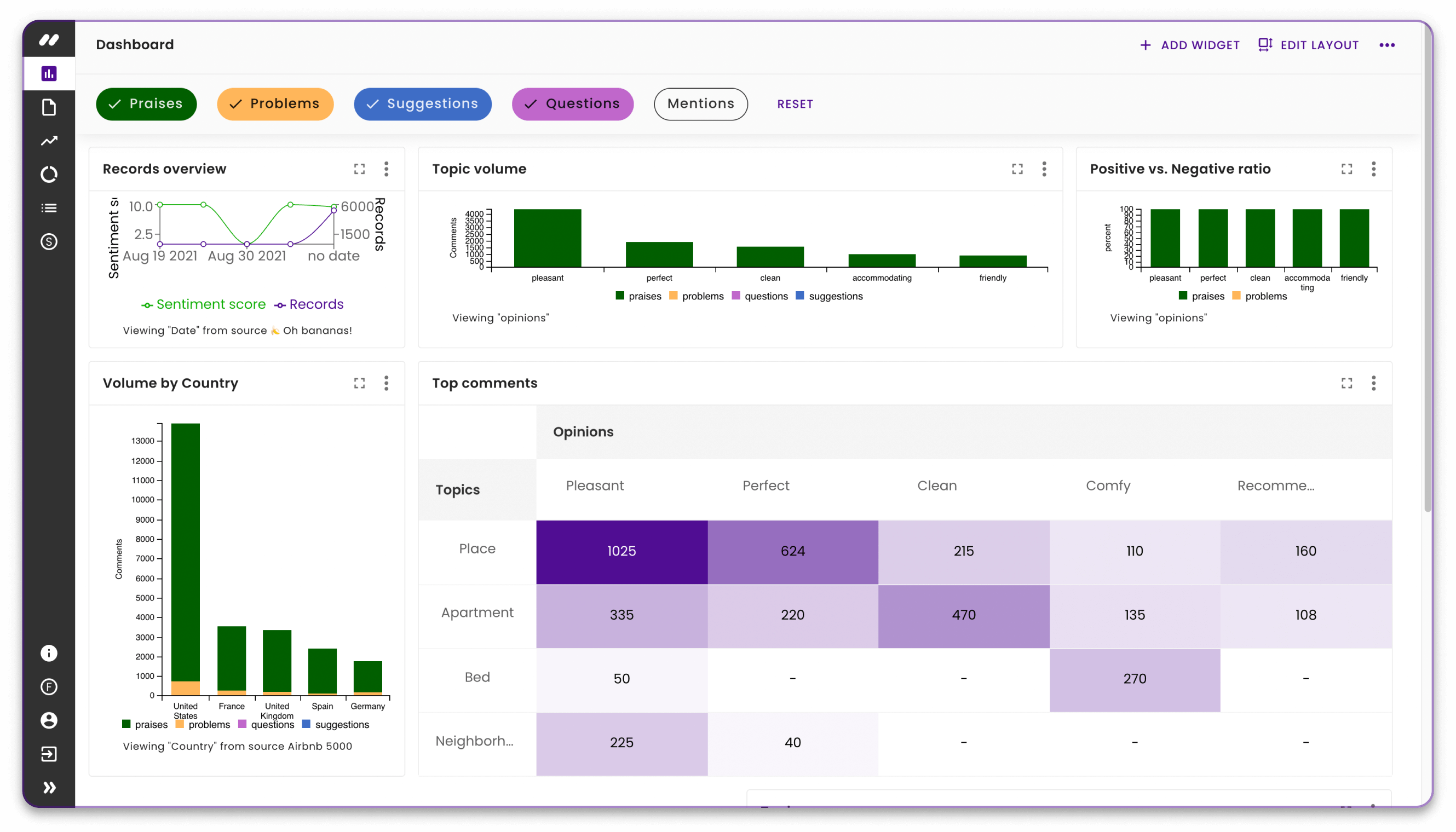Our team at Keatext had the privilege of attending the online Adobe Summit on CX for two days in April. The summit was a digital experience that brought together leaders to speak on the state of CX, and as we all start to see the arrival of a post-pandemic economy, envision its future.
CX and the new online economy
It’s not exactly news that customer experience (CX) has been redefined over the course of the last year. Companies engage with consumers differently now, offering a renewed CX; they have started to embrace agility and empathy by turning data and insights into action. While many companies have made the shift to online CX, there is still much to be done to grow this transformation into a sustainable practice.
“Data is the foundation of every customer experience and every journey.” – Amit Ahuja, VP Experience Cloud Products and Strategy at Adobe
Taking customers on a seamless journey across an omnichannel terrain is a complex task even for the most prepared companies. Brands need to react in real time to effectively take action and anticipate customer needs. As we see now more than ever, they do this with data – of course. As Amit Ahuja, VP Experience Cloud Products and Strategy at Adobe, puts it: “Data is the foundation of every customer experience and every journey.”
Still, there’s a massive divide between data used right and data used wrong. Feedback collected across all sorts of channels often winds up in data silos, and brands need a strategy to not only break down their walls but build bridges between them.
The dimensions of the data itself, too, play a role in how useful it is when leveraged properly. Quantitative data alone is no longer enough to capture the end-to-end customer journey. Consumer data collection and analysis now has to account for emotion and sentiment – or so we learned in the conference “Digital Customer Experience: The New Approach.”
Bringing data to life helps brands better know and understand their customers. Keatext can track and reveal customer sentiment – as a holistic view like a sentiment score metric, or as a narrow view related to a particular topic that customers are mentioning. This dimension of customer experience cannot be understated; it opens a window into the real drivers and decisions that make a customer, a customer.

CX as a discipline
All this is to say that as CX has evolved over the last year, so too has the need to build it into organizational practices. This is the idea of customer experience management, or CXM. Gartner defines it as “the discipline of understanding customers and deploying strategic plans that enable cross-functional efforts and customer-centric culture to improve satisfaction, loyalty, and advocacy.”
Making a coordinated effort to manage CX is the necessary stepping stone from where we are today to where we are headed in the future. In 2020 we watched CX become the new battleground for brands; moving forward, CX must become a structured practice among brands that are going to stay competitive in the post-pandemic economy.
Moving forward, CX must become a structured practice among brands that are going to stay competitive in the post-pandemic economy.
Part of this structure is the three pillars of CXM: knowing and respecting customers, impactfully engaging with customers, and continuously learning and optimizing. While it’s certainly a great foundation, the key for CX management is found in how a company enables its workers with powerful tools.
Automating processes like customer feedback analysis reduces much of the manual workload of CX teams. Keatext’s AI platform is designed to do the heavy lifting and then some – providing insights, dashboards, and analytics tools to dive right into the heart of customer issues. This kind of automation frees up teams to dedicate time to the more valuable jobs that need to be done – like CXM. And not only that, these teams walk away with powerful insights that can inform and shape CXM to improve their company’s bottom line.
There’s multiple benefits too: studies like the 2021 State of Work reveal that 47% of prospective employees seek out companies that have a good reputation for workplace tech. On the other hand, 49% of employees report that they are likely to leave their company if they’re unsatisfied with their workplace tech.
All in all, our takeaway from the Summit? Brands need to undergo another transformation: approaching CX as a discipline. CXM – and the tech stack that companies employ for it – is becoming the new battleground for the post-pandemic economy. Companies must enable teams with technology like Keatext to stay competitive and turn CXM into a practice that lasts into the future.


